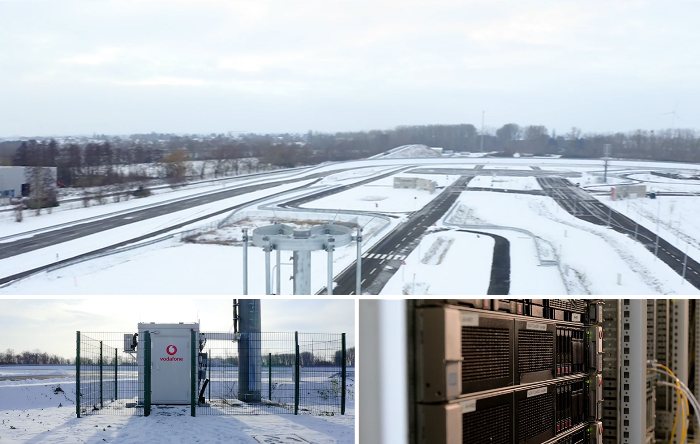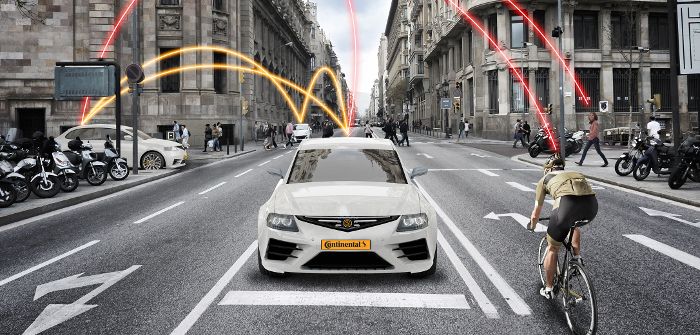Automotive technology company Continental and the Vodafone telecommunications group have showcased the first results of their innovation partnership and demonstrated cellular vehicle-to-everything (C-V2X) communications at the Mobile World Congress (MWC) in Barcelona, Spain.
Last summer, the partners announced that they would be working together to increase road safety through the use of new 5G communication technologies to help prevent thousands of accidents every year. The first results confirm that state-of-the-art communications technologies such as 5G, C-V2X and mobile edge computing can help protect all road users.
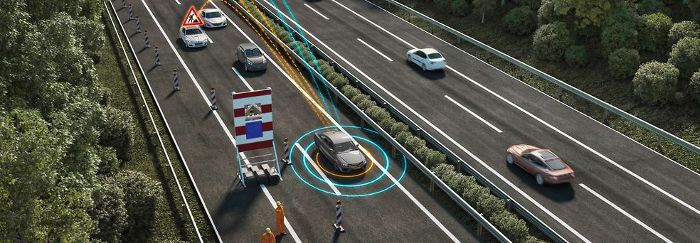 The partner’s 5G-ready tests are taking place under real-life conditions at Vodafone’s 5G Mobility Lab in Aldenhoven, Germany, and the start of series production based on these technologies is planned for the beginning of the 2020s.
The partner’s 5G-ready tests are taking place under real-life conditions at Vodafone’s 5G Mobility Lab in Aldenhoven, Germany, and the start of series production based on these technologies is planned for the beginning of the 2020s.
The C-V2X mobile communications technology exploits the full potential of connected and intelligent mobility due to a combination of direct and network-based communication between vehicles, infrastructure and vulnerable road users, with new 5G networks enabling bandwidths of up to 10Gb per second, to offer services such as real-time video streaming.
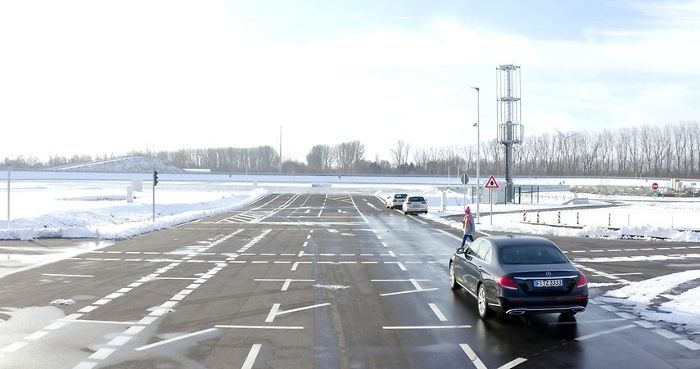 One of the application scenarios researched by Vodafone and Continental is the digital safety-shield, where road users are equipped with a communications module; for cyclists and pedestrians this is a smartphone, and for cars a special in-vehicle V2X module.
One of the application scenarios researched by Vodafone and Continental is the digital safety-shield, where road users are equipped with a communications module; for cyclists and pedestrians this is a smartphone, and for cars a special in-vehicle V2X module.
Road users exchange their position and direction of travel via a mobile network base station, and if the system detects that paths are crossing dangerously, it issues a warning. The system is also able to protect cyclists from accidents as a result of vehicles turning across their path. Cameras built into the vehicle and artificial intelligence (AI) on the network side (mobile edge computing), which recognize the intentions of pedestrians and cyclists, can provide more protection for vulnerable road users, such as detecting a child suddenly running into the street chasing a ball.
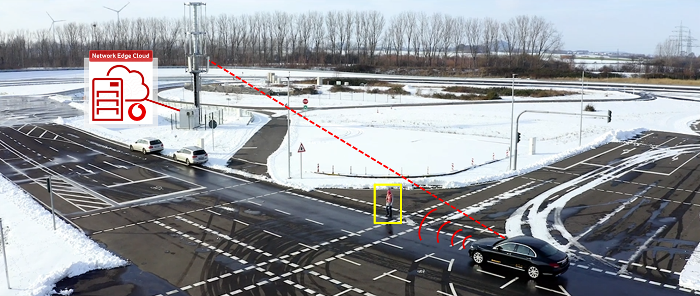 However, the data generated requires not only intelligent evaluation, but also lightning-fast data transmission in the millisecond range, which can be achieved by combining 5G technology with multi-access edge computing (MEC). Small 5G data centers with extremely short access times near to cell towers allow analyses to be carried out almost in real time with the aid of AI. If the situation is actually dangerous, the detected vehicle and other road users in the vicinity are warned. MEC also relieves computing capacities in the vehicle and the higher-level data centers. Another application presented by Continental and Vodafone in Barcelona is a long-range traffic jam warning system.
However, the data generated requires not only intelligent evaluation, but also lightning-fast data transmission in the millisecond range, which can be achieved by combining 5G technology with multi-access edge computing (MEC). Small 5G data centers with extremely short access times near to cell towers allow analyses to be carried out almost in real time with the aid of AI. If the situation is actually dangerous, the detected vehicle and other road users in the vicinity are warned. MEC also relieves computing capacities in the vehicle and the higher-level data centers. Another application presented by Continental and Vodafone in Barcelona is a long-range traffic jam warning system.
“We are working to reduce the potential risks for vulnerable road users,” said Johann Hiebl, head of Continental’s infotainment and connectivity business unit. “To this end, we are ensuring the best possible connectivity of vehicles with each other and with their environment.
“Technologies, such as 5G, C-V2X and mobile edge computing, allow a large number of road users to communicate with each other at the same time, bringing us much closer to our goal. Together with Vodafone, we have tested this system in the 5G Mobility Lab and the results are promising.”
